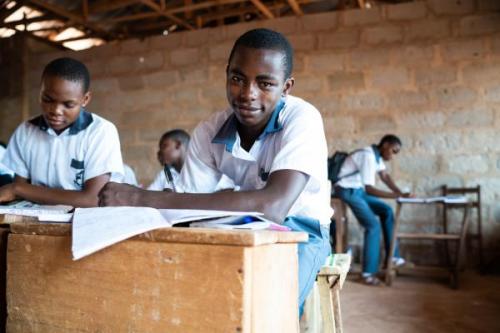Across the world, COVID-19 and resulting isolation measures have taken more than 1.5 billion children out of the classroom. Most of those children are now learning online – and while digital solutions are essential to maintaining children’s education, they may also be increasing their exposure to online risks.
Today, partners from the Safe to Learn coalition issued guidance for facilitating safe, effective online learning experiences for children during COVID-19. This guidance is directed at education ministries as they develop policies and resources to support schools in providing a safe online learning experience.
It provides guidance under four headline recommendations:
- Schools should create or update safeguarding policies
- Schools should promote and monitor good online etiquette
- Schools should ensure that children have continued access to school-based counselling services
- Schools should clearly communicate online safety policies and provide resources and information
Safe to Learn partners recognise that not all children will learn online and that in every country, community and family, different contexts exist. It is important that children are safe to learn regardless of the type of distance learning they engage in.
Where online learning is occurring, Safe to Learn partners urge all education ministries to use this guidance to support schools to provide a safe online learning experience. This guidance is drawn from the technical note: COVID-19 and its Implications for Protecting Children Online, which was developed by UNICEF, the End Violence Partnership, UNESCO, the WePROTECT Global Alliance, International Telecommunication Union (ITU), WHO, UNODC and World Childhood Foundation, and is supported by Safe to Learn partners.
This technical note outlines additional relevant areas that education systems should focus on – such as empowerment of children, working with parents, and making online platforms safe and accessible. It provides comprehensive guidance outlining how governments, industry, educators, parents and caregivers can help children learn how to use the internet safely.
Read the Safe to Learn guidance in English, or click the links below for translations in Arabic, French, Portuguese and Spanish.
Pictured above: A girl in Ukraine works on her computer during the COVID-19 outbreak. Credit: UNICEF/UNI321762/Filippov
